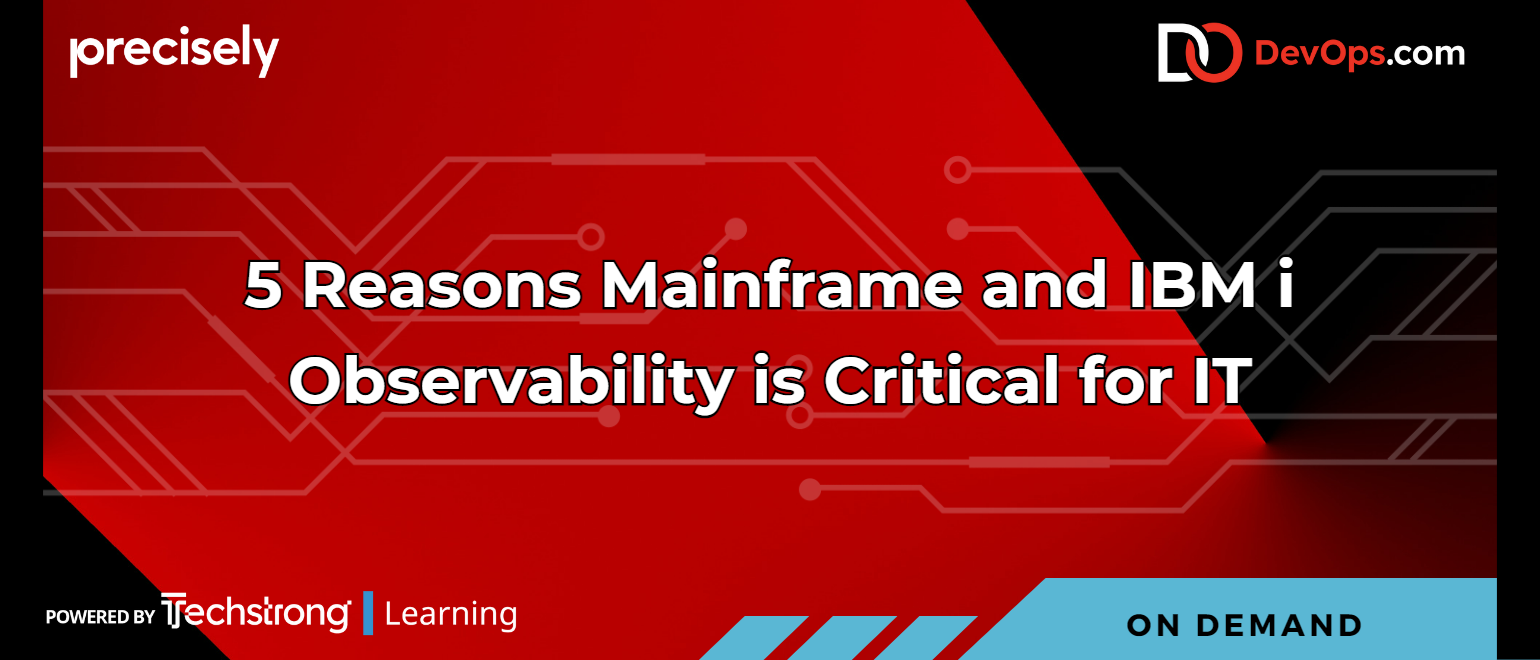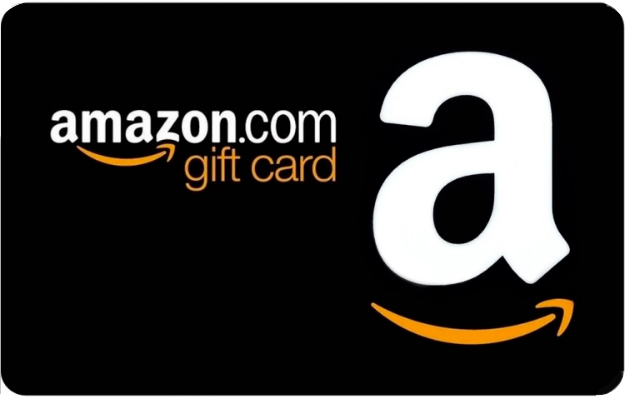Webinar
Think About Your Audience Before Choosing a Webinar Title

Sponsored by: 
What You’ll Learn in This Webinar
Monitoring and observability can both be critical parts of a healthy IT environment. While they both rely on similar data and metrics, they are not the same thing. While monitoring can tell IT teams that an incident occurred, observability moves beyond simple monitoring and alerting to help detect and solve the root cause of an IT issue-sometimes before an incident even happens.
Observability measures a system's internal states by examining its outputs and successful observability strategies make it easier for teams to identify IT issues before they cause disruption. In the past, IT teams have had to be reactive when it came to managing these challenges, and it often took days or weeks to discover the root cause of problems. Observability enables IT teams to identify anomalies that present a potential IT issue and address those anomalies before they become a major problem.
During this program, you will learn:
- The differences between monitoring and observability
- The top justifications for implementing observability for your mainframe and IBM i systems
- How observability can identify the root cause of an IT issue, sometimes before it causes a disruption







